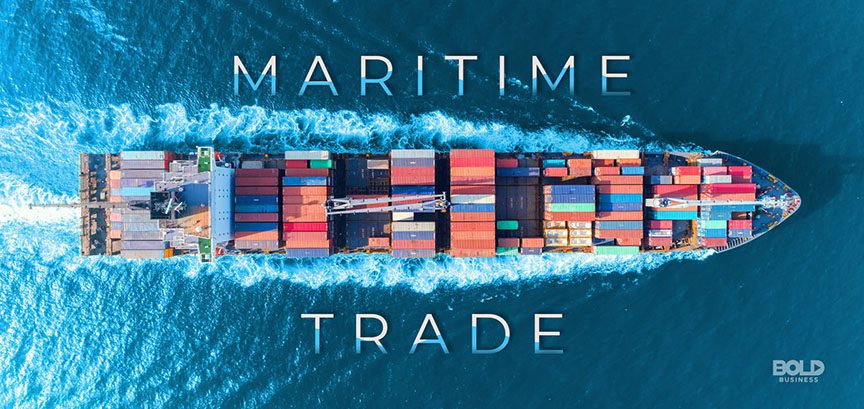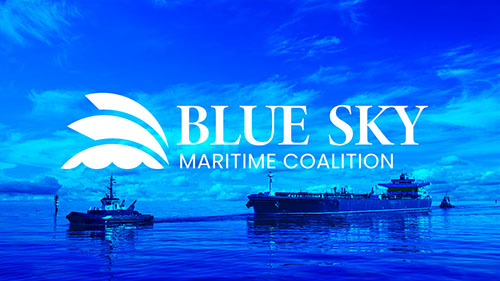Port Rules and Regulations,Compliance and Enforcement of Nantong Port
 Port Rules and Regulations,Compliance and Enforcement of Nantong Port
Port Rules and Regulations,Compliance and Enforcement of Nantong Port
1. VESSEL TRAFFIC MANAGEMENT
- VTS Requirements
- Mandatory participation in Yangtze River VTS system from 31°45’N (MSA Notice 2023-18)
- Reporting points:
- #1 Reporting Line: 32°15’00″N 121°40’00″E (inbound/outbound)
- #2 Reporting Line: 32°01’12″N 120°50’24″E (inner harbor)
- New #3 Reporting Line: 32°05’30″N 121°32’00″E (effective July 2024)
- Continuous VHF monitoring:
- Ch 08 (working)
- Ch 16 (distress)
- New Ch 71 (tug coordination)
- New regulation: AIS-SART testing required quarterly (MSA Notice 2024-08)
- Speed Limits
- Main channel:
- 12 knots for vessels >10,000 GT
- 8 knots in fog (visibility <1km)
- Terminal areas:
- 6 knots within 500m of berths
- 4 knots during bunkering operations
- Special zones:
- LNG terminal: 4 knots within 1000m
- Container terminals: 5 knots in turning basins
- New: Daylight Transit Requirements
- Mandatory daylight passage for:
- Vessels >250m LOA
- VLCCs with draft >15m
- LNG carriers regardless of size
- Exceptions:
- Approved by Port Captain with escort tugs
- Additional pilot required
2. PORT ENTRY/EXIT PROCEDURES
- Documentation Requirements
- Pre-arrival documents (24hr prior ETA):
- Maritime Declaration of Health (e-form since 2024)
- Crew List (with passport/visa details + vaccination records)
- IMO FAL Forms 1-6 (electronic submission preferred)
- New: Cybersecurity declaration (MSA Circular 2024-07)
- Original certificates required for inspection:
- Class certificates (valid + interim)
- P&I Club certificate
- New: Bunker delivery notes (last 3 ports)
- Quarantine Procedures
- Health declaration:
- China “Health Declaration” app
- New: Pre-arrival temperature log (72hrs)
- Medical requirements:
- Fever screening at first port of entry
- Medical waste disposal records (signed by master)
- New: COVID test kits onboard requirement
- New: Customs Procedures
- Advanced cargo declaration:
- 24hr for general cargo
- 48hr for dangerous goods
- Bonded stores:
- Sealed during port stay
- Special declaration for alcohol/tobacco
3. ENVIRONMENTAL COMPLIANCE
- Air Emissions
- Fuel sulfur limits:
- 0.1% at berth (verified by fuel samples)
- 0.5% within Yangtze River Delta ECA
- New: 0.1% within 12nm of port (effective Jan 2025)
- Shore power:
- Mandatory for:
- Container ships >5000 GT (since 2022)
- Cruise ships >10,000 GT (since 2023)
- New: Bulk carriers >20,000 GT (from 2024)
- Connection time limit: 1hr after berthing
- Waste Management
- Garbage Record Book:
- 100% inspection for vessels >400 GT
- Random 30% for others
- New: Plastic waste tracking (barcode system)
- Special wastes:
- Oil sludge: Only to licensed receivers
- New: E-waste separate collection
- New: Ballast Water Management
- Exchange requirements:
- >200nm from shore or >200m depth
- New: Sampling ports installed
- Treatment systems:
- USCG/IMO approved type required
- Calibration records must be available
4. SAFETY REGULATIONS
- Navigational Safety
- Underkeel clearance:
- 10% of draft or 0.5m (whichever greater)
- 1.0m for LNG carriers
- New: 1.5m during spring tides
- Bridge resource management:
- Mandatory two officers during transit
- New: Yangtze River passage plan requirement
- Emergency Preparedness
- Mandatory equipment:
- Port-specific SOPEP supplements (bilingual)
- New: Drone-based lifebuoys (for terminals)
- Drill requirements:
- Monthly must include:
- Yangtze River collision scenarios
- Tidal current emergencies
- New: Cyber attack response
- New: Mooring Safety
- Line handling:
- Minimum 6 lines for vessels >200m
- Snap-back zones clearly marked
- Weather monitoring:
- Automatic tensioners required >50,000 DWT
- Wind speed alarms at 15m/s
5. CARGO OPERATIONS
- Dangerous Goods
- Advanced notification:
- 48hr for Class 1 explosives
- 24hr for other IMDG classes
- New: 72hr for radioactive materials
- Stowage requirements:
- 50m segregation (vs IMDG 25m)
- New: Thermal monitoring for Class 4.1
- Bulk Cargoes
- Mandatory declarations:
- Moisture content for coal/iron ore
- Angle of repose for grain
- New: Hydrogen sulfide test for iron ore
- Dust control:
- Suppression during loading
- New: Real-time monitoring at terminals
- New: Container Operations
- Weight verification:
- VGM submission 6hr pre-loading
- New: Random reweighing 5% of boxes
- Hazardous containers:
- Special stowage near shipside
- Emergency access paths maintained
6. ENFORCEMENT MEASURES
- Inspection Regime
- Port State Control:
- Target factor 15.5 (China MSA 2024)
- Concentrated Inspection Campaigns:
- Fire safety (Q2 2024)
- ECDIS compliance (Q3 2024)
- New: Cyber security (Q4 2024)
- New: Drone-based hull inspections
- Penalty System
- Fine categories:
- Minor violations: $500-$5,000 (e.g., paperwork)
- Major violations: $5,000-$50,000 (e.g., pollution risk)
- Critical violations: $50,000+ and detention (e.g., safety compromise)
- Common penalties:
- AIS non-operation: $3,000
- Illegal discharge: $20,000 minimum
- New: False declarations: $10,000 per item
- New: Detention Criteria
- Immediate detention for:
- Missing life-saving equipment
- Fuel non-compliance >0.5% sulfur
- Critical structural damage
- Appeal process:
- Within 24hrs to MSA
- Independent surveyor option
7. SPECIAL REGULATIONS
- LNG Operations
- Safety zones:
- 500m during transfer
- 200m during standby
- Mandatory equipment:
- Gas detection (0-100% LEL)
- Emergency shutdown (weekly test)
- New: Infrared cameras for leak detection
- Typhoon Procedures
- Alert stages:
- Stage 1 (48hr forecast): Prepare
- Stage 2 (24hr forecast): Evacuate
- New: Stage 3 (12hr forecast): Port closure
- Designated moorings:
- North Zone: 32°10’12″N 121°25’48″E
- South Zone: 31°58’48″N 121°33’36″E
- New: Emergency anchorage depths verified annually
- New: Cybersecurity Requirements
- Shipboard systems:
- ECDIS weekly updates
- Network segmentation required
- Port interfaces:
- Approved VPN for data transfer
- No USB devices without scanning
- Advertisement -
- Advertisement -





